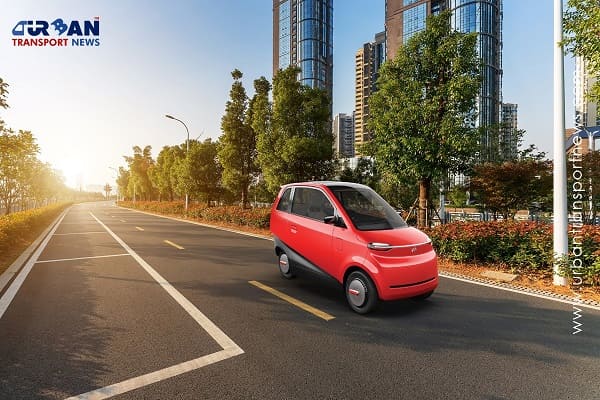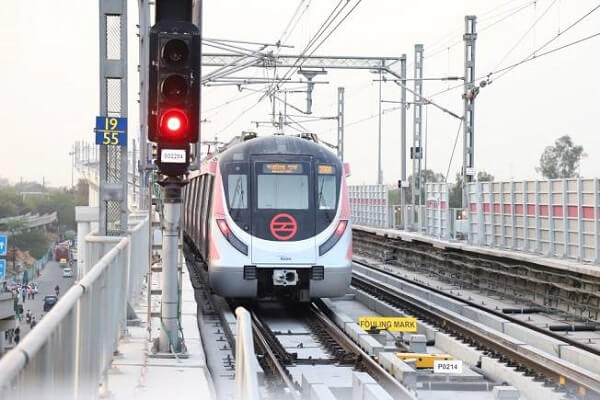 Behind Closed Doors: Corruption Uncovered in Delhi Metro's Top Management
Behind Closed Doors: Corruption Uncovered in Delhi Metro's Top Management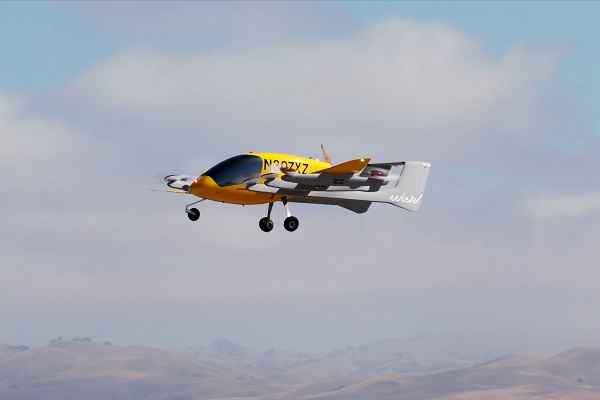 IndiGo to launch Urban Electric Air Taxis between Delhi to Gurugram
IndiGo to launch Urban Electric Air Taxis between Delhi to Gurugram Swisspod secures Strategic Investment to advance the Hyperloop Transportation
Swisspod secures Strategic Investment to advance the Hyperloop Transportation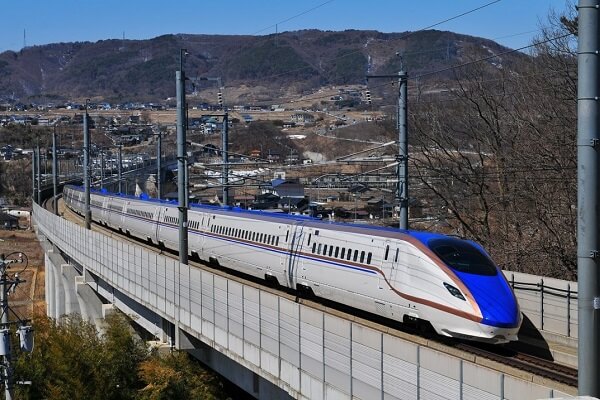 Siemens Mobility revolutionizes Copenhagen's S-bane Network with Driverless Technology
Siemens Mobility revolutionizes Copenhagen's S-bane Network with Driverless Technology Unlocking prosperity between India and Myanmar: The Kaladan Multi-Modal Transit Project
Unlocking prosperity between India and Myanmar: The Kaladan Multi-Modal Transit Project Is the RRTS Truly Accessible to the Common Man or Only the Privileged?
Is the RRTS Truly Accessible to the Common Man or Only the Privileged?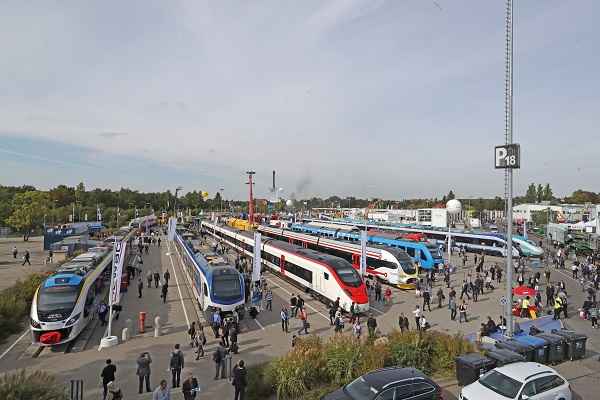 Alstom sold its Rail Signalling Technology Business to Knorr-Bremse for €630 million
Alstom sold its Rail Signalling Technology Business to Knorr-Bremse for €630 million Vensa Infrastructure wins ₹412.58 crore civil contract for Hisar Airport
Vensa Infrastructure wins ₹412.58 crore civil contract for Hisar Airport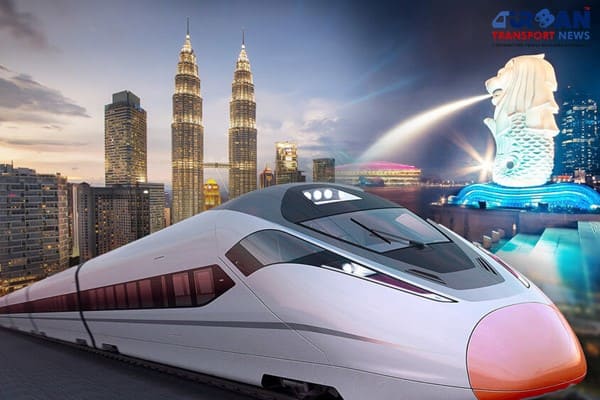 Kuala Lumpur-Singapore high-speed rail project cost could be slashed to RM70 Billion
Kuala Lumpur-Singapore high-speed rail project cost could be slashed to RM70 Billion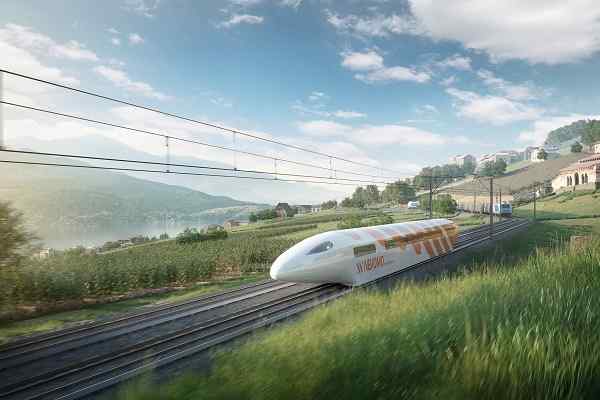 Nevomo's MagRail Technology Selected for Hyperloop Freight Demonstrator
Nevomo's MagRail Technology Selected for Hyperloop Freight Demonstrator
Five location technology trends identified for 2023 in India, know all about

According to experts from HERE Technologies, the leading location data and technology platform, location technology is going to be extremely critical as India continues to spur domestic innovation and places itself on the global mapping ecosystem to realise the dream of ‘Atmanirbhar Bharat’ or Self-sufficient India.
As the Indian economy continues to recover, global challenges will mark their impact on the automotive and logistics industries, and location technology will act as a driver of change.
Here are five location intelligence trends to look out for in India in 2023.
Trend #1: More initiatives to transform India through geospatial knowledge and infrastructure
From the democratisation of India’s geospatial ecosystem to the launch of the National Logistics Policy (NLP), there has been increasing focus to establish a quality geospatial ecosystem in India. In 2023, we are likely to see continued government initiatives and involvement when it comes to geospatial data. This encourages homegrown businesses to develop their own mapping systems and creates the opportunity for foreign mapping firms to work in tandem with Indian entities in the geospatial sector. For India to truly be a leading geospatial and mapping economy globally, the National Geospatial Policy must establish fair and equal market practices to ensure continued investments and innovations by both Indian and foreign players.
Trend #2: A growing developer community in India
With 5.8 million developers in India and growing, the country has undoubtedly the largest developer pool in the world (ET, 2021). As a result of favourable government policies, India’s startup and developer communities are empowered to develop location-based software and applications that offer data analytics and services that directly impacts innovation. We can expect more Indian startups to leverage location intelligence technologies in the coming year, further proving the success of ‘Make In India’.
Trend #3: Connectivity is the new ‘fuel’
The future of automotive lies in connected vehicles that are software-defined. Software-defined vehicles enable automotive original equipment manufacturers (OEMs) to easily scale – building apps for the vehicles that can be rolled out over the air – and collect key data to gain continuous insight into every aspect of both the vehicle's operation and its performance. India’s connected car market is expected to grow by over 20% in the next few years[ii] and we expect connected technology to bring about rapid transformation. Connected cars will no longer remain a luxury but a necessity in India.
Trend #4: Uptake in electric vehicles across industries
Retail electric vehicle (EV) sales in India have risen nearly 185% year-on-year in October 2022, thanks to the rise in fuel prices, entry of new manufacturers, development and enhancement of tech-related EVs, subsidies from central government, and more. For the same reasons, consumers have turned to electric two-wheelers (E2W), which is an easier way to navigate India’s congested roads, in particular for ride-hailing and food delivery use cases. As India’s EV market continues to expand, technology and software will play a huge role in the EV ecosystem, bringing about better EV experiences that come with enhanced safety and connected features.
Trend #5: Visibility is the holy grail of logistics
The pandemic and the rise in e-commerce have prompted the Indian logistics industry to embrace technology to remain competitive and resilient. There is now a better understanding among companies that full supply chain visibility is necessary for operational resilience. The new National Logistics Policy aims to reduce logistics cost and at the same time, address businesses needs for real-time updates, end-to-end supply chain visibility, warehouse automation and asset management to create a holistic network. For the Indian supply chain ecosystem to take flight, the availability of quality location data and services from multiple service providers and sources is key. This is going to be extremely valuable in creating a sustainable supply chain and logistics ecosystem in India in 2023 and the years to come.
“Location data is already in use to help move people and goods from one place to another. But as the global macroeconomic challenges continue and with cresting global inflation, industries such as the automotive and transport & logistics in India must transform to survive. While this forces businesses to rethink their strategies to stay competitive, it also presents them with the opportunity to further leverage data analytics and visualisation to optimise business operations. This is where location data is highly valuable and India has taken the steps to liberalise mapmaking and geospatial data in the country. I look forward to the new year where we continue to partner with Indian entities in the geospatial sector to build state of the art solutions,” said Abhijit Sengupta, Senior Director & Head of Business for Southeast Asia and India, HERE Technologies.
“Secure, reliable, and quality data is crucial for improving business operations, logistics efficiencies, and offering end-to-end supply chain visibilities. With the National Logistics Policy (NLP) promoting greater technology adoption, location technology will service as a critical tool that empowers a unified logistics interface, which is one of the steps under the NLP to connect various data sources and provide cross-sector use cases for logistics stakeholders,” commented Harpreet Singh, Director & Head of Partner Business for India, HERE Technologies.
Animesh Sahay, Head of Customers for India and South Asia, HERE Technologies, said: "Whether it is EVs or internal combustion engine (ICE) vehicles,we’re going to see an increase in connected vehicles in India. The biggest advantage of a connected vehicle is the data collection that continuously sends and receives data not just from servers and the internet, but also to other vehicles on the road. Location intelligence is central to enabling this vehicle-to-vehicle communication, especially when it comes to road safety. Nearby connected cars can alert each other on speed, direction, traffic, road condition, and pedestrian information. That’s going to be a huge competitive advantage OEMs are in search for and it’s going to transform the automotive industry globally.”





